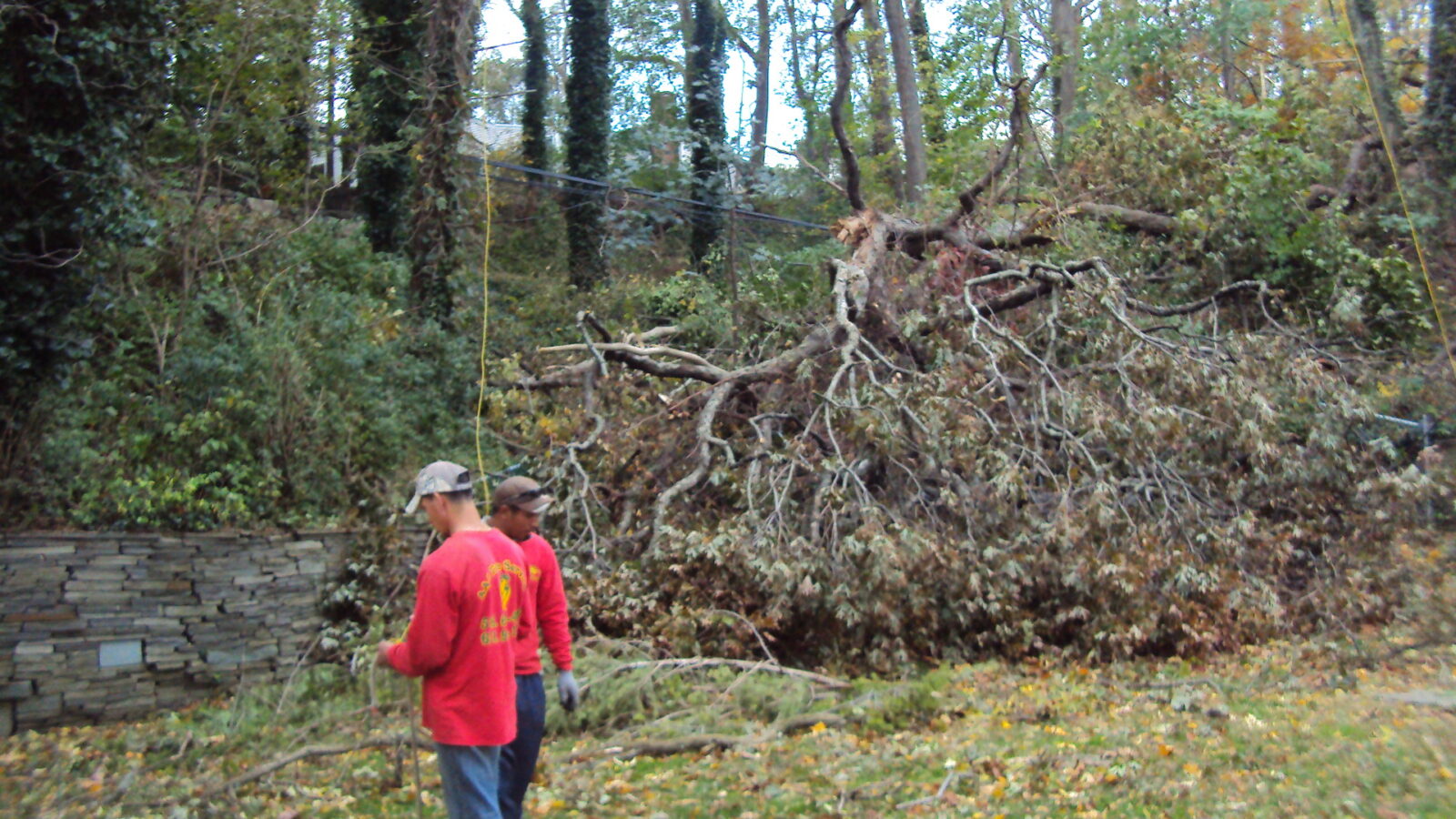
Tree removal can be quite dangerous and even life-threatening. It really is never recommended to eliminate a tree all on your own unless it is just a small one that you are confident it is possible to handle safely. Otherwise, tree removal should be left in the hands of professionally-trained and equipped tree service contractors. Assuming you have a tree on your property that is fairly small, but needs to be removed, it is possible to possible do it yourself with the right tools, knowledge, and planning.
Tree Removal Preparation
Proper preparation for small tree removal involves gathering all of your needed supplies, and, a comprehensive inspection of the tree. Look to see if https://northlondontreesurgeon.co.uk/best-tree-cutting-london/ leans one way or another, and plan a getaway route in case it does not fall how you expect it to fall. Also, examine whether or not you can find any obstacles in any direction of the tree, including vehicles, structures, along with other trees. When you are sure there is enough safe clearance for the tree to fall, then you can certainly move on to gathering your equipment and tools. This consists of:
Safety Gear (Utility gloves, goggles, hard hat, steel toe boots, etc.)
Chainsaw
Ax or Hacksaw
Ladder
Rope
Wedges
First Aid Kit
TO ELIMINATE a Tree
Once you have all your equipment and supplies, you may get started removing the tree. First, use your ax to knock on the bark a few times, and in several different places, to learn how solid or hollow the tree is. Getting a less dense area to cut will be easier. Next, plan which side of the tree you need to make your cut. Turn to see where in fact the tree naturally leans; it is better to cut a tree in the direction where it wants to naturally fall. Be sure the area where the tree drops is level so the tree will not roll or bounce after it falls.
Make a horizontal cut at hip-height, and about 1/3rd in to the tree. Do this privately of the tree where you need it to fall. If you need the tree to fall to the right, you must make you cut on the same side so it falls inward, towards the cut. The tree will fall perpendicular to your horizontal cut. Your next cut should create a wedge in to the tree. So make the next cut at an angle from the initial cut. It should look like a lemon wedge.
Your third cut is named a back cut, and is should be made on the contrary side of one's wedge cut. This cut will make the tree fall over on the side of one's wedge cut. Make it about 1.5 inches above the wedge cut, so when thick as possible. You can also use a wedge to avoid the tree from settling onto the chainsaw. Add more wedges as necessary until the tree begins to fall. Then run! But usually do not turn your back on the tree since it falls.
